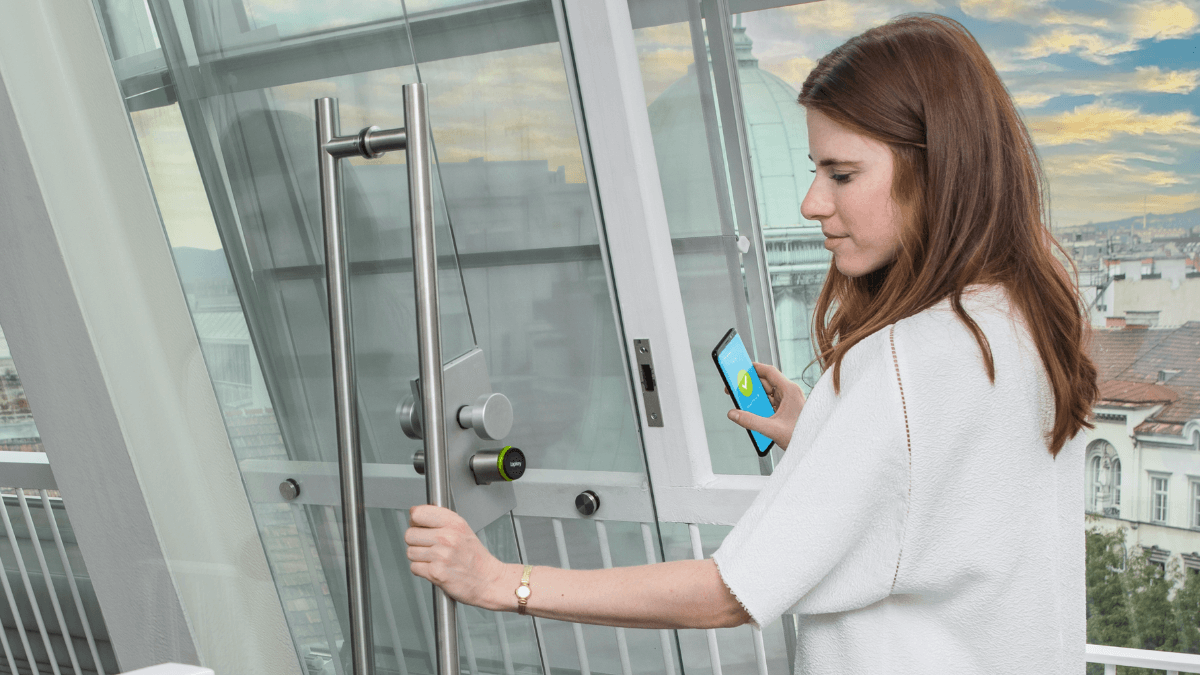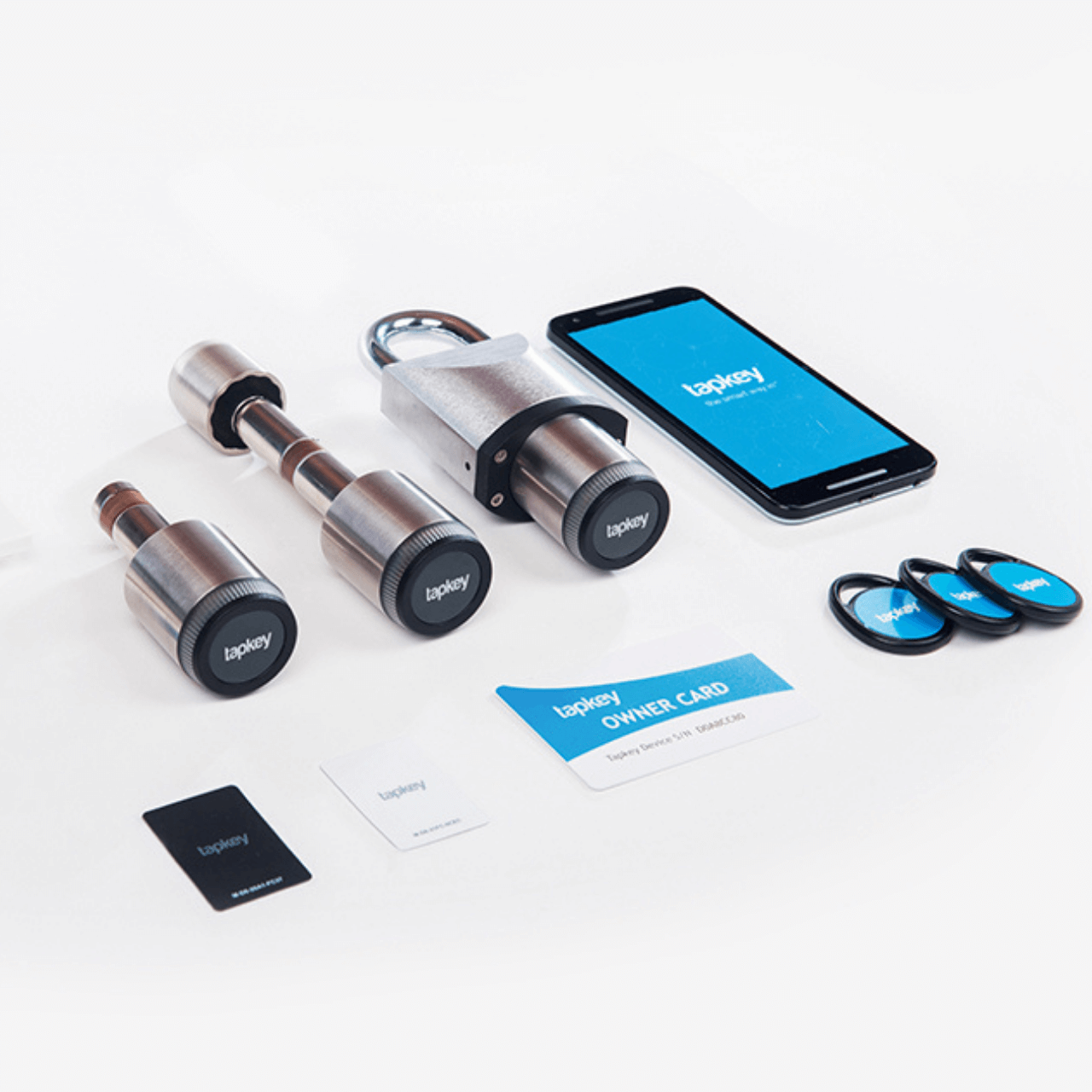Automation, connectivity and digitalisation: whatever you want to call it. No company can afford to run a collection of isolated applications. Constantly evolving market conditions and increasing pressure for greater efficiency require more flexibility in IT. Organisations that have specifically improved their integration capabilities enjoy a clear advantage.
Efficient. More Efficient. The Most Efficient.
Automated systems are becoming increasingly popular. We expect this trend to spread to the physical security sector as well. Connected workflows and automated processes are the be-all and end-all for increasing efficiency. In this regard, the journey towards the cloud is crucial for greater agility, innovation and scalability.
One of the primary benefits of using integrations across systems is that companies can fully customise their operations. Instead of having multiple individual systems, everything can be managed using one tool. Think of different building systems such as access control, parking management, space planning and visitor management: operational processes are more efficient when everything is connected.
Not All Interfaces Are the Same
Today, there are usually many different applications behind a business process, and thus a multitude of technologies. For this reason, it is vital that there are open, secure interfaces between different systems to ensure seamlessly functioning processes. With an “API-first” strategy, partners and third-party providers can easily integrate your applications. Tapkey also offers an open API and a Mobile SDK.
However, we distinguish between Lightweight and Seamless Integration. With Lightweight Integration, the mobile access feature is implemented by a third-party provider, although users still use the Tapkey app for unlocking. With Seamless Integration, the entire unlock experience is integrated into the existing mobile app. This is the ideal way to ensure brand consistency and a smooth user experience.
Access as a Feature: Integrate Mobile Access
The idea underpinning Tapkey’s integration model is to offer mobile access control as an additional feature. This is because it is often necessary to implement mobile access technology in locking products or in existing applications in order to address individual use cases in the best possible manner. This enables integrators to offer their customers a holistic solution. Let’s take the example of a car sharing app: in addition to booking, payment and other functions, customers can also unlock the vehicle immediately—all with one app.
In order to stand out from the crowd, these solution providers should include supplementary services in their portfolio. Digital door access plays an important role in many core processes in the car sharing industry or property management. The benefits are obvious. By assigning access authorisations to a smartphone, everything can be managed centrally. There is no need to change locks, which in turn minimises costs.
Furthermore, solution providers can sell additional services to existing customers and create recurring revenue. Consider the following scenario: a PropTech app decides to integrate a digital access system. To activate this “access” feature, they could charge a fee. This allows companies not only to grant automatic access rights to tenants; they can also grant time-limited access rights to third parties, such as cleaning companies or care services. Thanks to integration, the unlocking of doors and communication with tenants is easily done via the PropTech app.
The goal is to ensure extensive automation of all processes in order to delight customers, minimise costs and drive future growth.





Biometrics vs. Smartphone: Who Wins?
The trend in access control is going towards [...]
Mehr lesenFeb
Digitally Managed Access: A Must-Have for PropTech Apps!
Thanks to digital solutions the real estate industry [...]
Mehr lesenFeb
Choosing Your Access Control Path: Cloud, On-Premise, or Hybrid?
Discover the best access control system for your [...]
Mehr lesenJun
Digital Access Solutions for More Flexibility
Digital access solutions offer more flexibility. Find out [...]
Mehr lesenMar